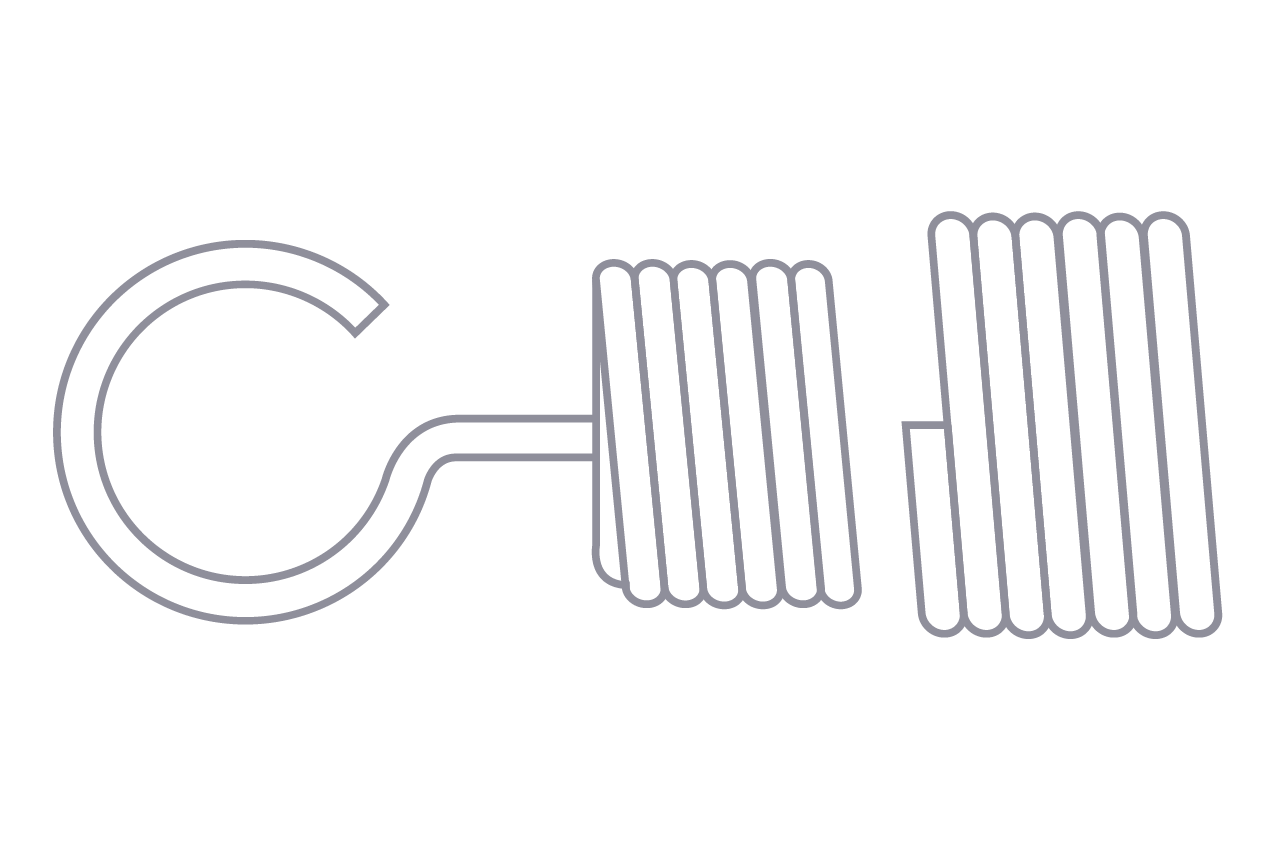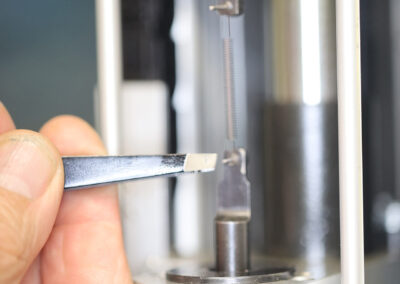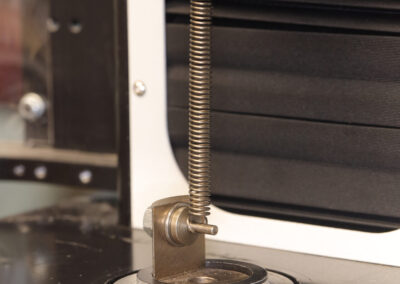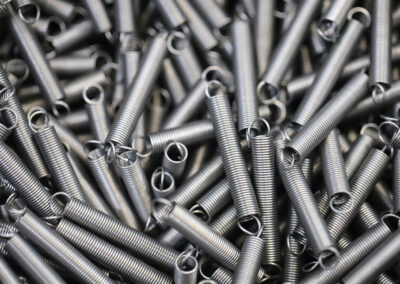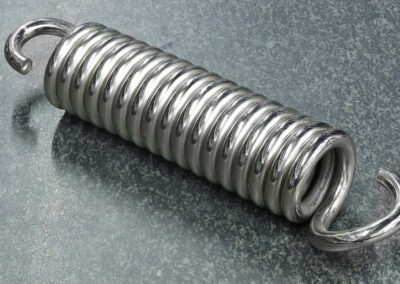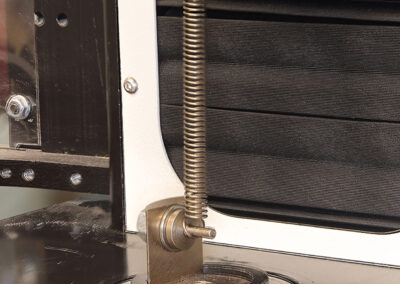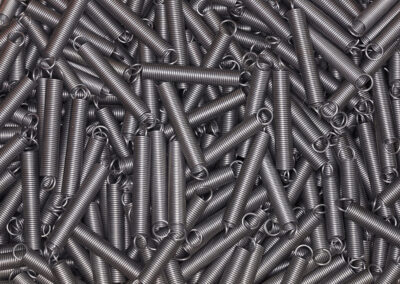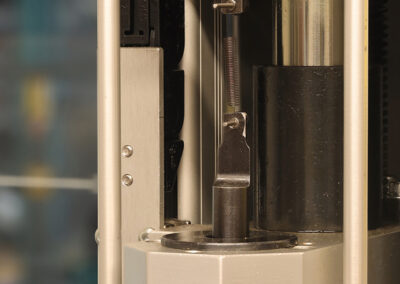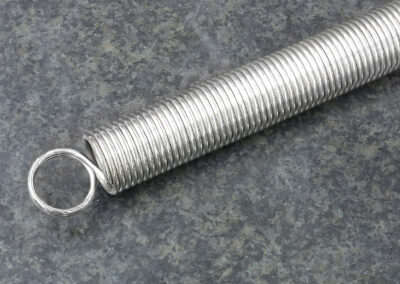Spring Type
Extension
Bespoke design & manufacture of Extension springs for industry
Extension springs are close-coiled springs designed to exert a pulling force between two points—the opposite of compression springs, which push apart. They are used across various industries, from agriculture, where they are found in tractor and harvester components, gate and latch mechanisms, and irrigation system tensioners, to the medical field, where they play a role in surgical tool mechanisms and rehabilitation equipment, among many other applications in different industries.
There are several types of hooks and loops available for extension springs, with the most common ones listed below. However, not all extension springs have loops. Some, like garter springs, are used in sealing applications, where the spring is formed into a continuous circle to create a compressive force around a shaft.
If you have another question about our extension spring manufacture that isn’t covered here please get in touch.
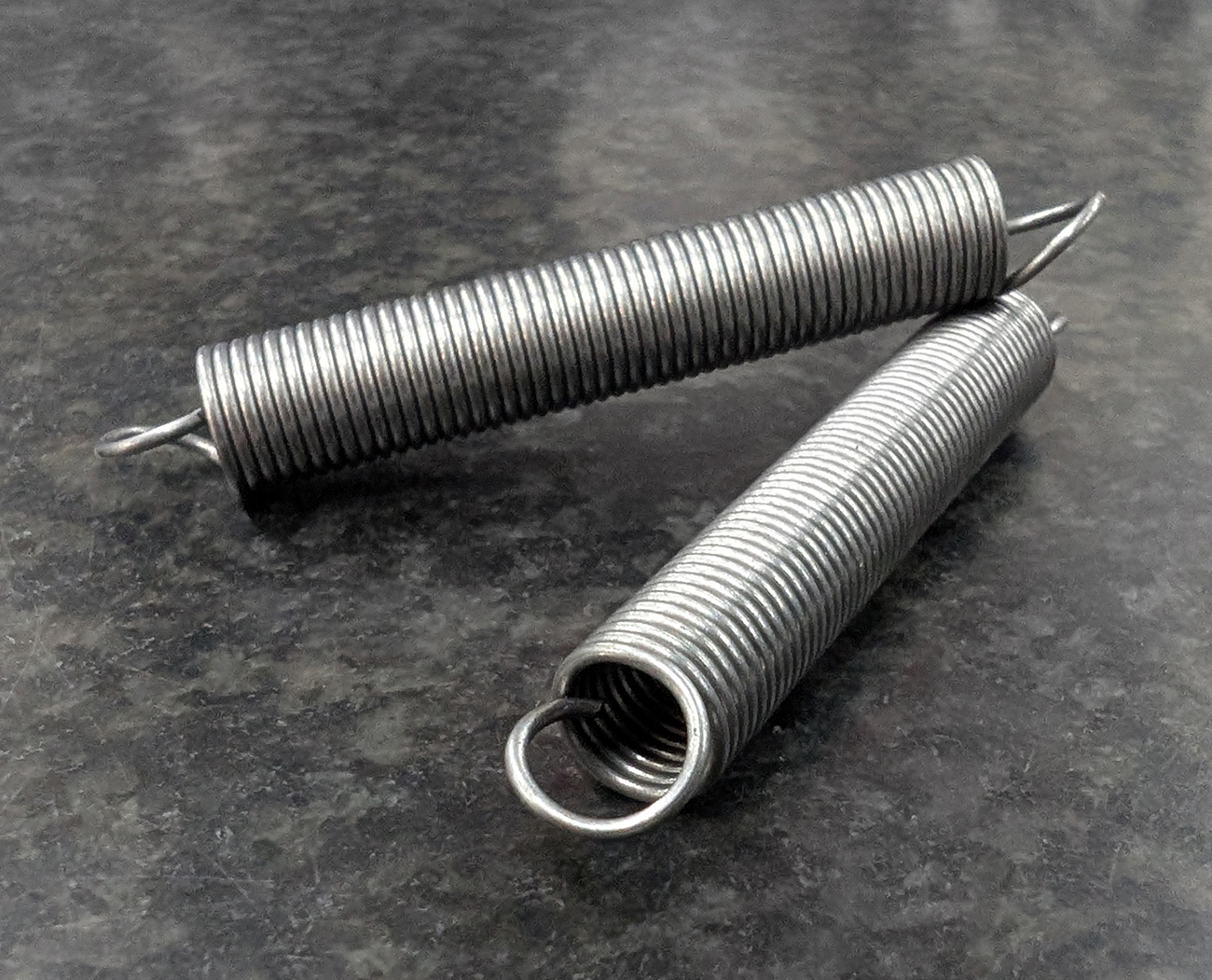
When ordering an extension spring
Consider the following factors:
Wire size
Specify either metric or Imperial measurements or Standard Wire Gauges. We stock all the standard wire sizes and also a large range of non-standard wire sizes for specific requirements.

Body Diameter
Specify the outside diameter of the main part of the spring, or the size of the hole it is to go into (if any). Usually, the diameter of the end loops or hooks is the same as that of the body of the spring but if not, specify their diameter too.

Number of coils
The number of active coils is inversely proportional to the rate (strength) of an extension spring. A large number of coils will result in a fairly weak spring. A small number of coils will give a relatively strong spring.
Length
Specify the free length of the spring – either the body length (BL), inside loop length (FL IL) or the free length overall.

Initial Tension
This is the force required to just open the coils of an extension spring. This property of the spring can be varied to a certain extent if required – contact our design department for more details.
Rate
Extension SPring
Hook / Loop types
The following are examples of end arrangements for extension springs.
The most common loops/hooks are the machine and crossover loop. More “exotic” loops or hooks are generally not used unless there is a specific reason for doing so.
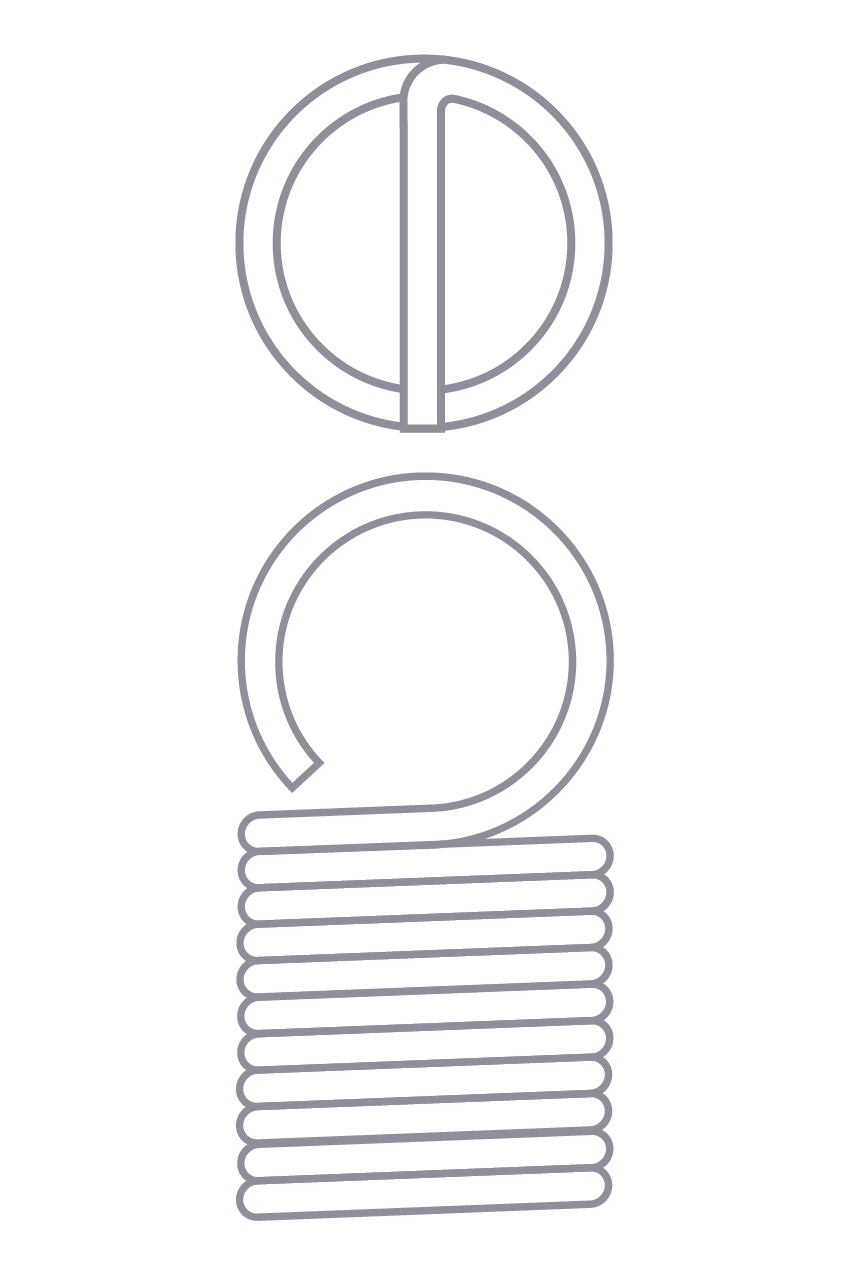
Machine loop
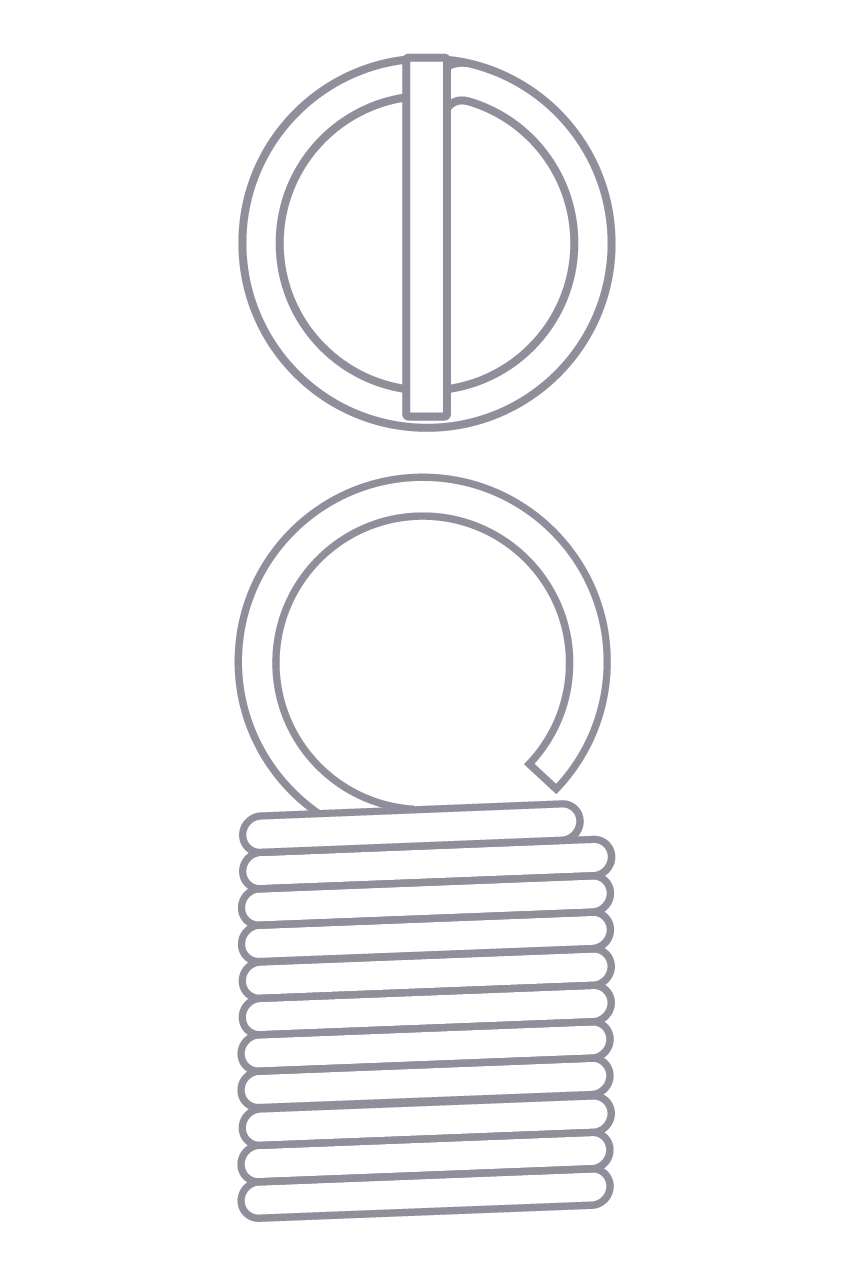
Crossover loop
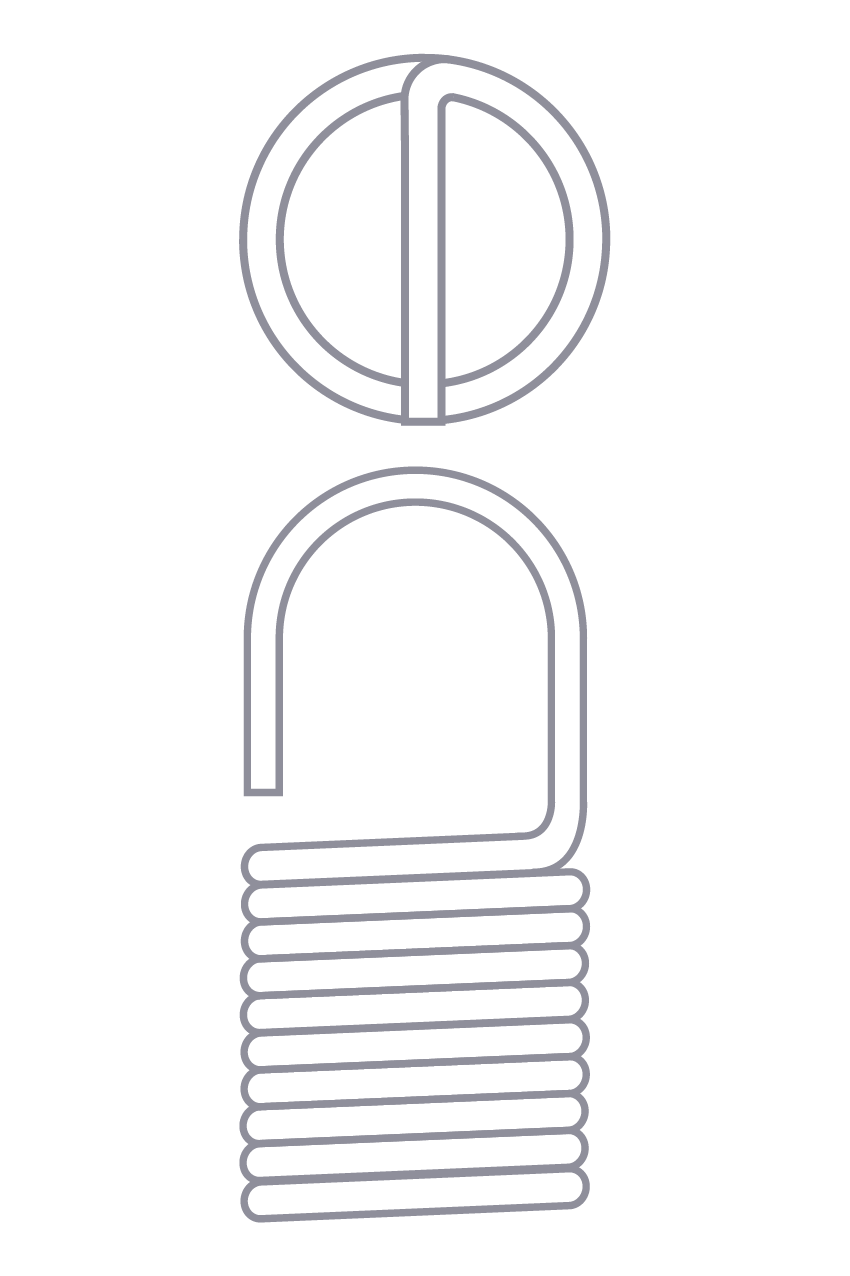
Extended round loop
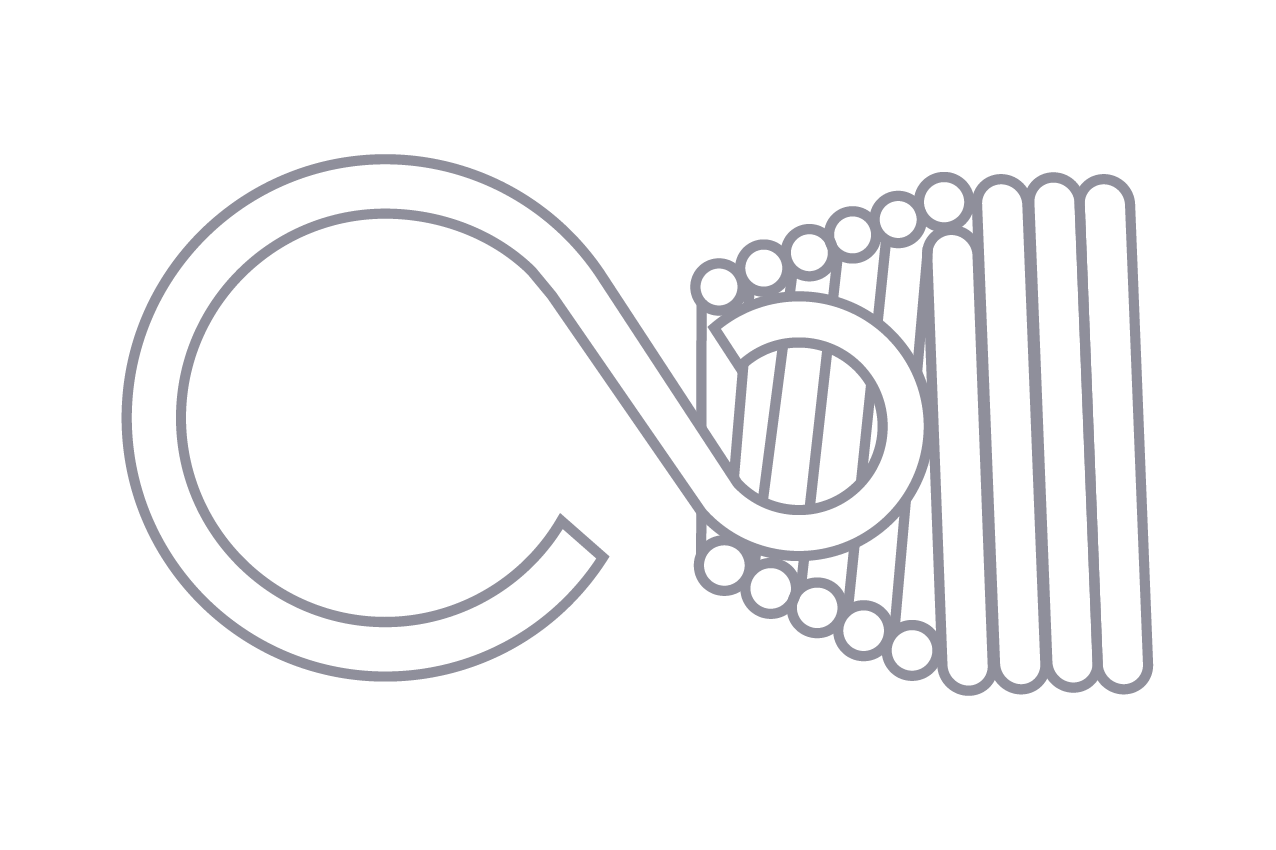
Coned end with swivel loop
